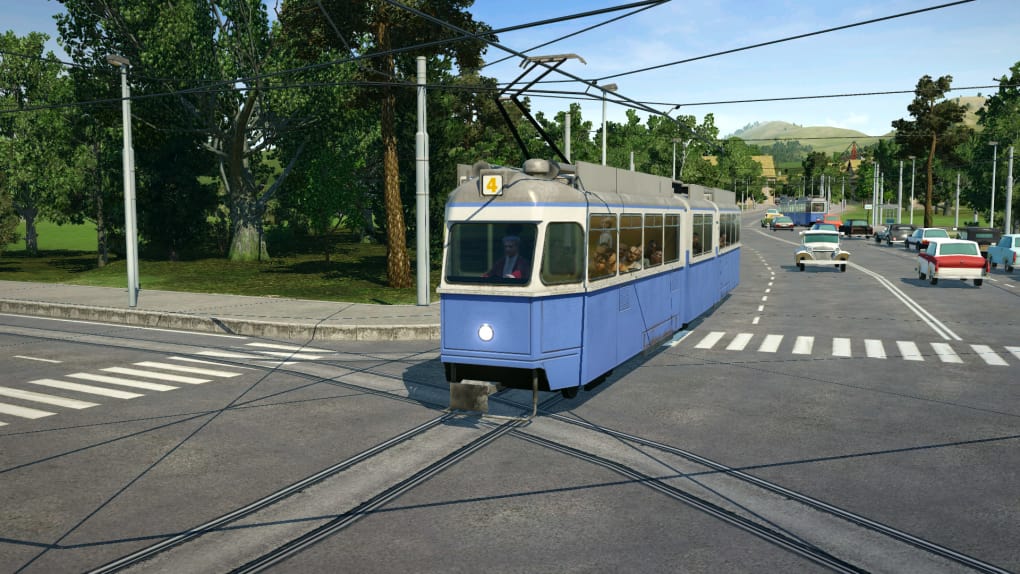
at Canadian airport screening checkpoints. When travelling by air, guests will be required to cover their mouth and nose:  bandanas or scarves that are not folded and secured into the “no-sew” style. anything exclusively made of materials that can easily fall apart (e.g. masks made completely of plastic or other non-breathable materials (e.g. does not attach around the ears or head with loops (e.g. contains exhalation valves (including N95 masks with exhalation valves).
bandanas or scarves that are not folded and secured into the “no-sew” style. anything exclusively made of materials that can easily fall apart (e.g. masks made completely of plastic or other non-breathable materials (e.g. does not attach around the ears or head with loops (e.g. contains exhalation valves (including N95 masks with exhalation valves). 
General guidelines for masks that are currently not approved:
a face covering with a front clear plastic panel for lip reading if the entire mask is not made of plastic or other non-breathable material. a face covering associated with religious garments, providing they cover the nose and mouth and are made of at least two layers of tightly woven fabric. this includes “no-sew masks” that are made using a folded scarf, bandana or piece of material and secured using elastic, hair ties or fabric ties. a surgical mask or cloth mask that is made of multiple layers of tightly woven material (such as cotton or linen) and is secured to the head with ties or ear loops. General guidelines for currently approved masks: See Transport Canada’s guidance on acceptable masks and face coverings. Children under two are not required to wear a mask. If a child is unable to tolerate wearing a mask, it is not mandatory, but their guardian must have a mask readily available to the child prior to the boarding process. Children ages two to five are encouraged to wear a mask at all times. 
Transport Canada requires that all guests, six years of age or older, have a non-medical mask or face covering to cover their nose, mouth and chin during travel.










